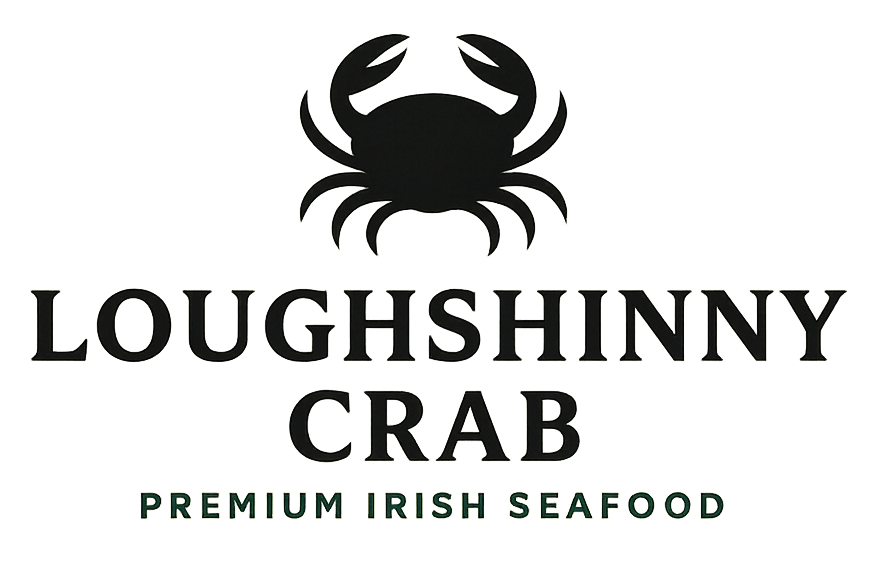The aroma of a perfectly baked crab pie, a symphony of sweet crab meat and rich, buttery crust, is a culinary experience that transcends generations. This isn’t just a dish; it’s a tradition, a testament to coastal cuisine’s enduring appeal. This comprehensive guide will walk you through crafting a truly traditional crab pie, revealing the secrets to achieving that melt-in-your-mouth texture and unforgettable flavor that defines this classic.
Understanding the Soul of a Traditional Crab Pie
Before we delve into the recipe, let’s appreciate the essence of a traditional crab pie. It’s about quality ingredients, a delicate balance of flavors, and a pastry crust that complements, not overwhelms, the star of the show – the crab meat. Forget shortcuts; this is a celebration of fresh, high-quality ingredients. The best crab pies utilize lump crab meat for its succulent texture and undeniable sweetness. This superior quality ensures the pie’s overall richness and elevates the culinary experience to a new level.
Authenticity shines through in the simplicity of the filling. While variations exist, a truly traditional crab pie avoids unnecessary additions, focusing on the natural flavors of the crab. Think creamy béchamel sauce, a touch of Old Bay seasoning for a subtle spice kick, and perhaps a hint of lemon to brighten the overall taste. The key lies in letting the crab’s inherent flavor shine.
Gathering Your Ingredients: The Foundation of Success
The success of any recipe hinges on the quality of its ingredients. For a traditional crab pie, this principle holds true. Start with at least 2 pounds of fresh, lump crab meat. Avoid canned crab; its texture and flavor simply can’t match the fresh variety. Ensure the crab meat is properly picked over to remove any shells or cartilage, a crucial step for a smooth and elegant filling.
For the béchamel, use unsalted butter to control the salinity, and whole milk for richness. Freshly grated nutmeg adds an unexpected warmth, complementing the crab and Old Bay. Don’t forget a high-quality pie crust – you can make your own or buy pre-made, but always ensure it’s flaky and buttery. Your choice of crust significantly impacts the final product’s texture and presentation.
The Importance of High-Quality Crab Meat
Choosing the right crab meat is paramount. Look for lump crab meat, often marketed as “jumbo lump,” which offers the largest and most succulent pieces. The color should be a creamy, pale white, and the aroma should be fresh and slightly sweet. Avoid crab meat that smells fishy or has a discolored appearance; these are indicators of poor quality. If you’re purchasing crab meat from a fishmonger, ask about its source and freshness – engaging directly with your supplier enhances your understanding of the product.
Crafting the Perfect Béchamel: The Heart of the Filling
The béchamel sauce is the unsung hero of the crab pie. Its creamy texture binds the crab meat, creating a cohesive and luxurious filling. Making a perfect béchamel is a skill worth mastering. Start with melting the butter in a saucepan over medium heat. Add the flour and whisk continuously to create a smooth roux. Gradually whisk in the milk, ensuring no lumps form. Season with salt, pepper, nutmeg, and a touch of Old Bay, ensuring a harmonious balance of flavors that complement the crab meat.
Simmer the béchamel until it thickens, stirring frequently to prevent scorching. This creamy base forms the foundation of your filling, providing a luscious texture against the flaky crab meat. Remember that the béchamel should be seasoned perfectly, as this is the primary flavor carrier besides the crab itself.
Assembling and Baking Your Culinary Masterpiece
Once your béchamel is ready, gently fold in the crab meat, being careful not to overmix. Overmixing can result in a mushy texture. The goal is to coat the crab meat evenly without breaking it up too much. Carefully pour the crab mixture into your prepared pie crust.
Bake the pie in a preheated oven according to your crust’s instructions. Keep a close eye on it; the crust should be golden brown, and the filling should be set. Let the pie cool completely before slicing and serving. This allows the flavors to meld and the filling to firm up, resulting in a more satisfying experience.
Serving Suggestions and Variations
A traditional crab pie is delicious on its own, but it can also be paired with various sides. A simple green salad offers a refreshing contrast to the richness of the pie. A side of crusty bread is perfect for soaking up the delicious, creamy filling. You could even consider a light lemon wedge to add a bright, refreshing citrus note to cut through the richness.
While this recipe focuses on a traditional approach, feel free to experiment with variations. Some recipes incorporate other seafood, such as shrimp or scallops. Adding a sprinkle of chives or parsley before baking provides a touch of freshness. The beauty of cooking lies in its adaptability, allowing you to customize your dish to your unique taste preferences.
Conclusion: A Culinary Legacy Continues
Crafting a traditional crab pie is more than just following a recipe; it’s about embracing a culinary tradition. It’s about appreciating the quality of ingredients and the time-honored techniques that create a dish of exceptional flavor and texture. By following these steps and paying close attention to detail, you can create a crab pie that will impress your family and friends and become a cherished part of your own culinary legacy. The rewarding experience of creating something so delicious and so deeply satisfying is a journey well worth undertaking.
So, gather your ingredients, put on your apron, and embark on this delightful culinary adventure. The aroma of your freshly baked crab pie will fill your kitchen with the promise of a truly unforgettable meal.
“For occasions in Ireland, many customers pair our crab with local flower delivery services or relax in Irish garden log cabins.”
“`
